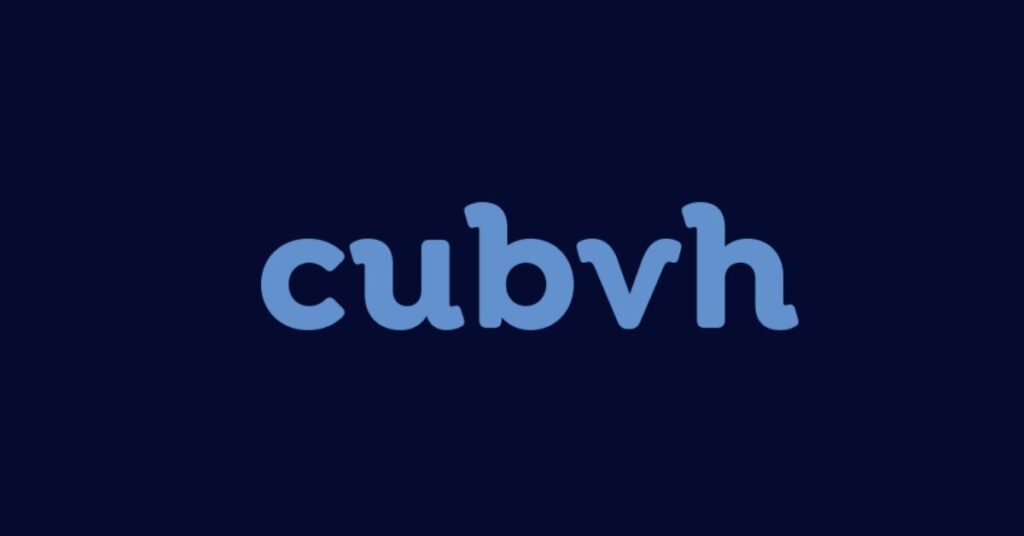In the rapidly evolving world of computer graphics and computational geometry, the concept of bounding volume hierarchies (BVH) has played a critical role. Among the various approaches to BVH, cuBVH stands out as a revolutionary tool in the realm of high-performance computing. Developed to leverage the power of NVIDIA’s CUDA architecture, cuBVH is transforming how we handle 3D graphics, ray tracing, and collision detection. This article delves deep into cuBVH, exploring its key features, benefits, and impact on various industries.
What is cuBVH?
cuBVH, short for CUDA Bounding Volume Hierarchy, is a specialized implementation of bounding volume hierarchies (BVH) optimized for NVIDIA’s CUDA platform. BVH is a tree structure used in computer graphics to organize objects in a 3D space for efficient querying and processing. cuBVH extends this concept by harnessing the parallel processing capabilities of CUDA, making it exceptionally powerful for handling complex scenes and computations.
1. The Basics of Bounding Volume Hierarchies
To understand cuBVH, it’s essential to grasp the fundamentals of bounding volume hierarchies. BVH is a method of spatial partitioning where objects in a 3D scene are grouped into a hierarchy of bounding volumes. These volumes are typically simple shapes, such as spheres or boxes, that enclose groups of objects. The hierarchy allows for quick rejection of objects that do not intersect with a given ray or query, thereby optimizing the performance of operations like ray tracing and collision detection.
2. The CUDA Architecture
CUDA, which stands for Compute Unified Device Architecture, is a parallel computing platform developed by NVIDIA. It allows developers to use NVIDIA GPUs for general-purpose computing tasks, significantly speeding up processes that involve large amounts of data or complex calculations. CUDA is particularly well-suited for tasks that can be parallelized, making it ideal for applications like graphics processing, machine learning, and scientific simulations.
3. cuBVH: Bridging the Gap Between Theory and Practice
cuBVH combines the theoretical benefits of BVH with the practical advantages of CUDA’s parallel processing. By implementing BVH on the GPU using CUDA, cuBVH can handle larger and more complex scenes with higher efficiency. This integration allows for real-time processing and rendering of 3D graphics, which is essential for modern applications such as video games, simulations, and virtual reality.
Check Also: Tech eTrueSports
How cuBVH Works
cuBVH operates by constructing and traversing bounding volume hierarchies on the GPU. Here’s a breakdown of how it works:
1. Hierarchy Construction
The first step in using cuBVH is constructing the bounding volume hierarchy. This involves creating a tree structure where each node represents a bounding volume that encloses a group of objects. The hierarchy is built in a way that balances the tree for efficient querying. CUDA’s parallel processing capabilities are utilized to speed up this process, allowing for the construction of complex hierarchies in a fraction of the time it would take on a CPU.
2. Ray Tracing
Ray tracing is a technique used to simulate the way light interacts with objects in a scene. It involves tracing rays from a camera and determining how they intersect with objects. cuBVH accelerates ray tracing by quickly rejecting objects that are not relevant to a given ray, thanks to the bounding volume hierarchy. This results in faster rendering times and more realistic images.
3. Collision Detection
In addition to ray tracing, cuBVH is also used for collision detection in simulations and video games. By using the hierarchy to quickly identify potential collisions, cuBVH reduces the number of calculations needed to determine interactions between objects. This is crucial for real-time applications where performance is key.
Benefits of cuBVH
cuBVH offers several advantages over traditional CPU-based BVH implementations:
1. Speed and Efficiency
One of the most significant benefits of cuBVH is its speed. By leveraging the parallel processing power of CUDA-enabled GPUs, cuBVH can handle large and complex scenes much faster than a CPU-based system. This speed improvement is crucial for real-time applications such as gaming and virtual reality.
2. Scalability
cuBVH is highly scalable, meaning it can handle scenes of varying sizes and complexities. Whether working with simple scenes or highly detailed environments, cuBVH adjusts to maintain performance and efficiency.
3. Real-Time Processing
For applications that require real-time processing, such as interactive simulations and video games, cuBVH provides the necessary performance to deliver smooth and responsive experiences. The ability to process large amounts of data quickly and efficiently is a game-changer for developers and users alike.
4. Flexibility
It is designed to be flexible and adaptable to different types of applications. Whether you’re working on a 3D graphics rendering engine, a simulation, or a collision detection system, cuBVH can be tailored to meet your specific needs.
Applications of cuBVH
cuBVH has a wide range of applications across various industries:
1. Video Games
In the gaming industry, it is used to enhance graphics and improve performance. By accelerating ray tracing and collision detection, it enables more realistic graphics and smoother gameplay. Game developers benefit from faster rendering times and more detailed environments.
2. Virtual Reality
Virtual reality (VR) applications require real-time processing to deliver immersive experiences. it helps achieve this by providing the performance needed for complex VR environments. This results in more engaging and interactive VR experiences.
3. Simulation
In simulation applications, such as those used for training or scientific research, cuBVH enhances the accuracy and efficiency of simulations. By improving collision detection and rendering, it helps create more realistic and effective simulations.
4. Scientific Research
Researchers in fields such as astrophysics and medical imaging use cuBVH to handle complex data sets and simulations. The speed and efficiency of this make it a valuable tool for analyzing large volumes of data and visualizing results.
Challenges and Future Directions
While it offers many benefits, it also faces some challenges:
1. Hardware Requirements
it requires CUDA-enabled GPUs, which may not be available to all users. This can limit its accessibility and adoption.
2. Complexity
Implementing it requires a good understanding of both CUDA programming and BVH concepts. This complexity can be a barrier for some developers.
3. Future Developments
As technology continues to advance, there will be ongoing developments in GPU architecture and BVH algorithms. Future improvements to cuBVH may include better support for new hardware and enhanced algorithms for even greater performance.
Conclusion
cuBVH represents a significant advancement in the field of computer graphics and computational geometry. By combining the principles of bounding volume hierarchies with the power of CUDA-enabled GPUs, cuBVH offers unprecedented performance and efficiency. Its applications span various industries, from video games and virtual reality to scientific research and simulations. Despite some challenges, it is paving the way for future innovations and possibilities in high-performance computing.







